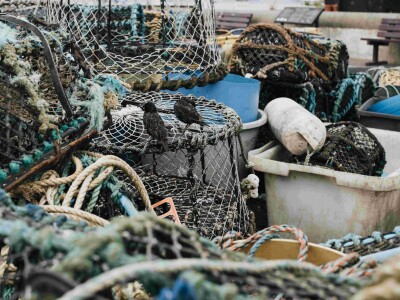PARKDALE, ORE. — People on the West Coast have counted on fish hatcheries for more than a century to help rebuild populations of salmon and steelhead decimated by overfishing, logging, mining, agriculture and hydroelectric dams, and bring them to a level where government would no longer need to regulate fisheries.
But hatcheries have thus far failed to resurrect wild fish runs. Evidence showing artificial breeding makes for weaker fish has mounted. And despite billions spent on significant habitat improvements for wild fish in recent decades, hatchery fish have come to dominate rivers.
Critics say over-reliance on costly breeding programs has led to a massive influx of artificially hatched salmon, masking the fact that wild populations are barely hanging on and nowhere close to being recovered. Recently touted record runs were made up mostly of hatchery fish, and scientists are concerned that hatchery fish could completely replace wild fish —though state and federal officials say they are working to address the problem.
Now, the practice of populating rivers with hatchery fish rather than making greater efforts to restore wild runs is facing a battery of court challenges in Oregon, California and Washington state.
Read the full story at Bellingham Herald>>






